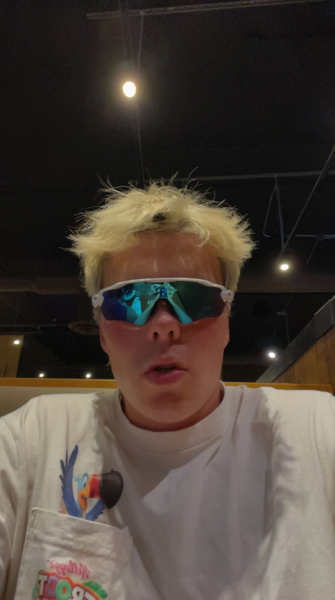Discovered in 1967, CWD, or Chronic Wasting Disease, is an always-fatal, neurological disease found in Northern American deer species, and spreading up to Canada. In the past year, the CDC has seen a massive increase in cases all over North America, as the word “Zombie Deer Disease” grows more frightening. CWD is most prevalent in Colorado, Kansas, Michigan, Minnesota, and Montana, there have also been traces found in New York, Oklahoma, and Wyoming. Although this disease has a 100% fatality rate, it has an extremely low contagious level, meaning even in high prevalence areas most deer will be able to escape disease-free.
CWD is caused by abnormal proteins called prions, which build up in the brain and other tissues, leading to severe damage and eventual death. Infected animals experience strange symptoms like lethargy, drooling, and repetitive movements, earning the disease its unsettling nickname. While on a road trip to Utah, Evelyn Parks (10) experienced this firsthand, and this is what she shared with us about her experience, “It was weird, like I was watching an actual zombie just walk repeatedly into the fence.”
The disease is spreading globally across the states, with infected animals shedding prions in their saliva, urine, and feces, contaminating the environment. This makes it challenging to control the disease’s transmission. Although it contaminates the environment, the chances of the deer obtaining the disease are relatively low according to recent studies. Riley Westfall (12) had this to say after hearing about the spread across states. “It’s a little nerve-wracking to hear but with no evidence of it transmitting to humans, I believe we have nothing to worry about.”
The main question surrounding this disease is obvious, can it be transmitted to humans? While there’s no clear evidence of CWD affecting humans, the similarity between CWD prions and those in human diseases raises concerns about potential transmission. Scientists are researching the risks and impacts on human health with a growing concern. Tristan Schaefer (12) shares this same concern as he’s researched the topic. This is what he had to say about it, “I first heard about it from the news and then I went down a rabbit hole of research on Google. Let’s just say I’m ready for a zombie apocalypse if it occurs.”
Efforts to control CWD include surveillance, eliminating infected herds, and exploring vaccines. However, the complicated nature of prions and the long incubation period make it difficult to implement effective measures. As the threat of Zombie Deer Disease grows, collaboration among researchers and wildlife agencies is crucial to understand the disease, protect animals, and assess any risks to humans. Addressing this emerging epidemic emphasizes the need for proactive measures to safeguard both wildlife and human communities.



